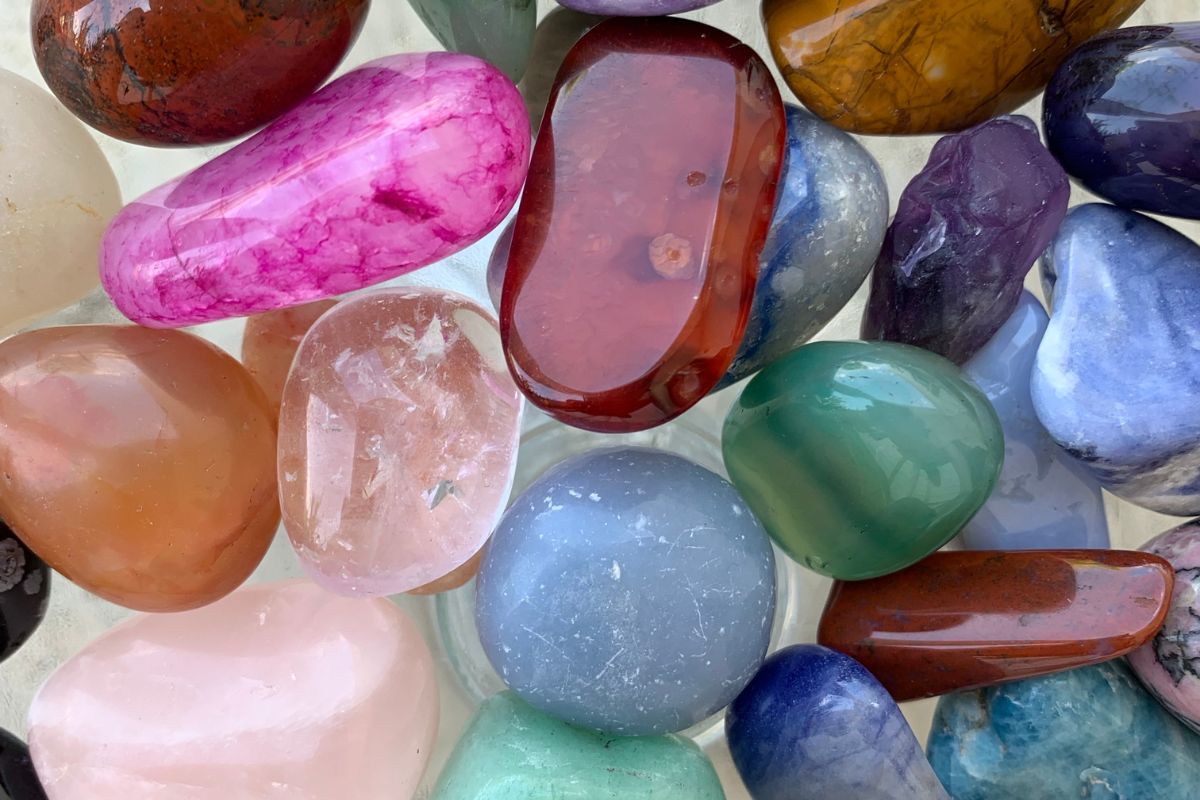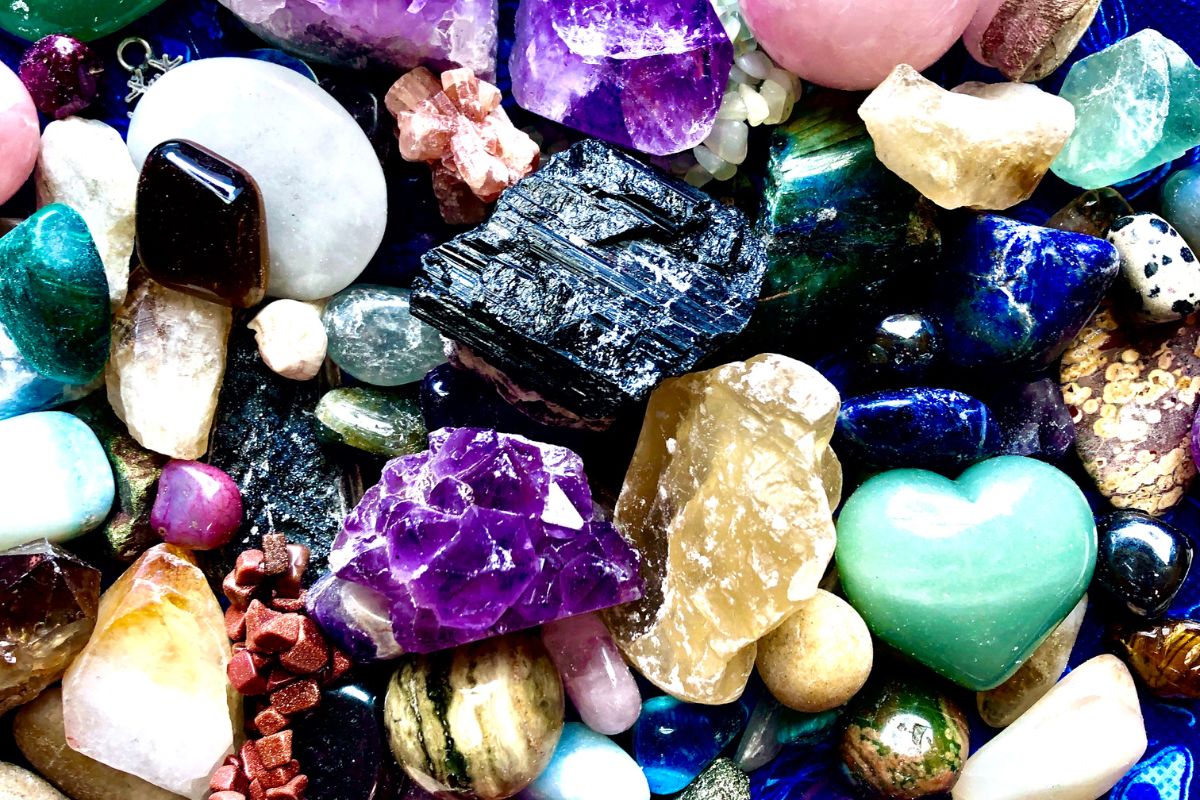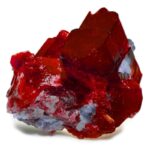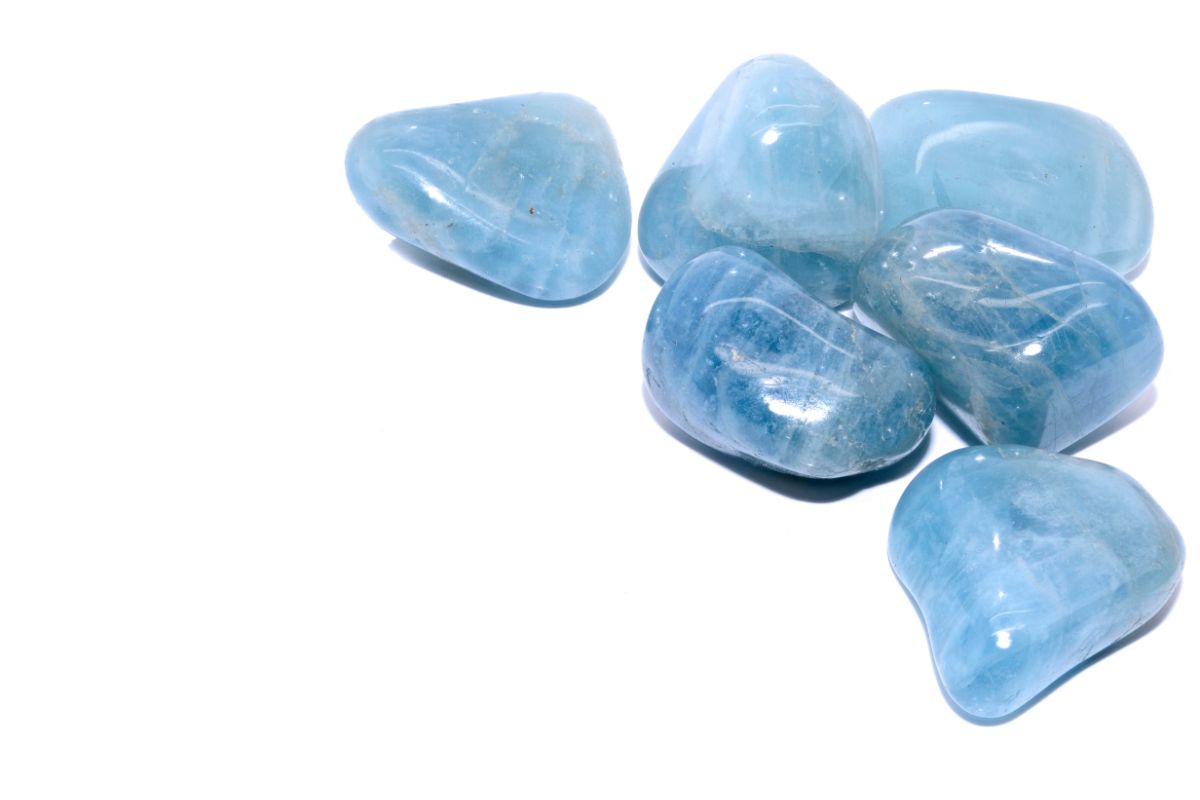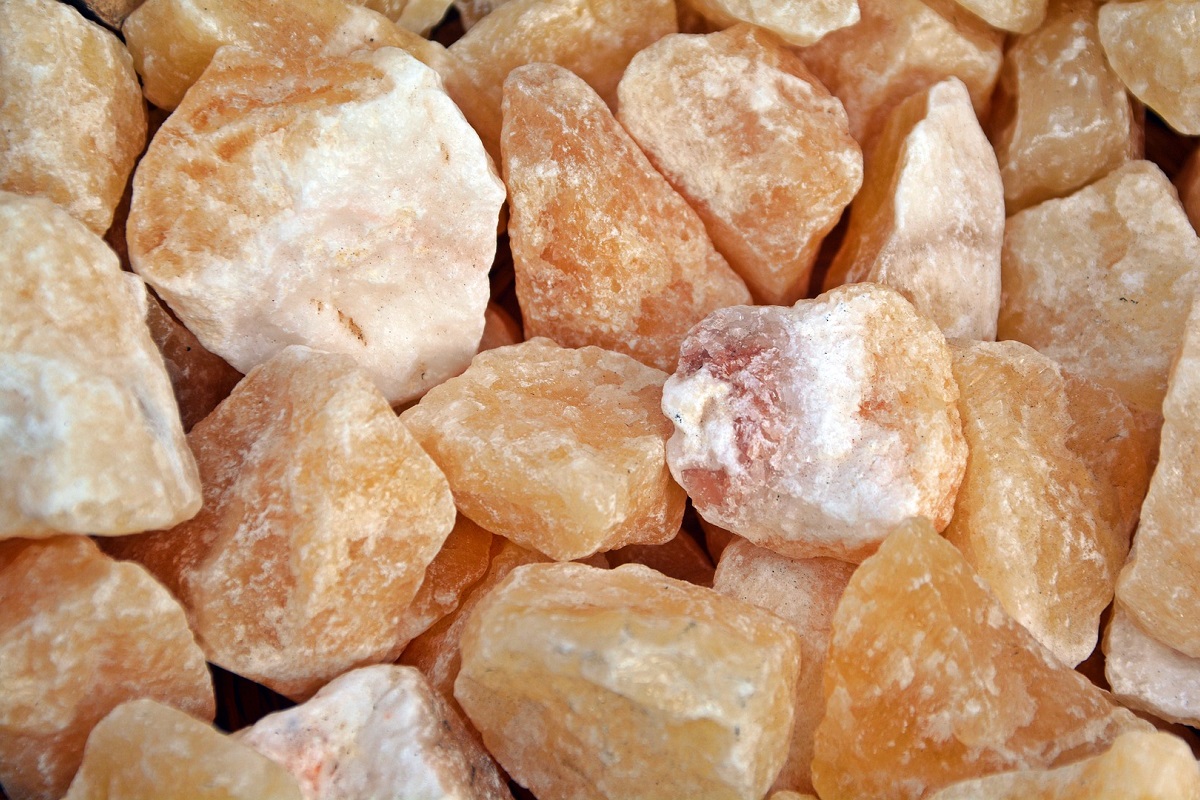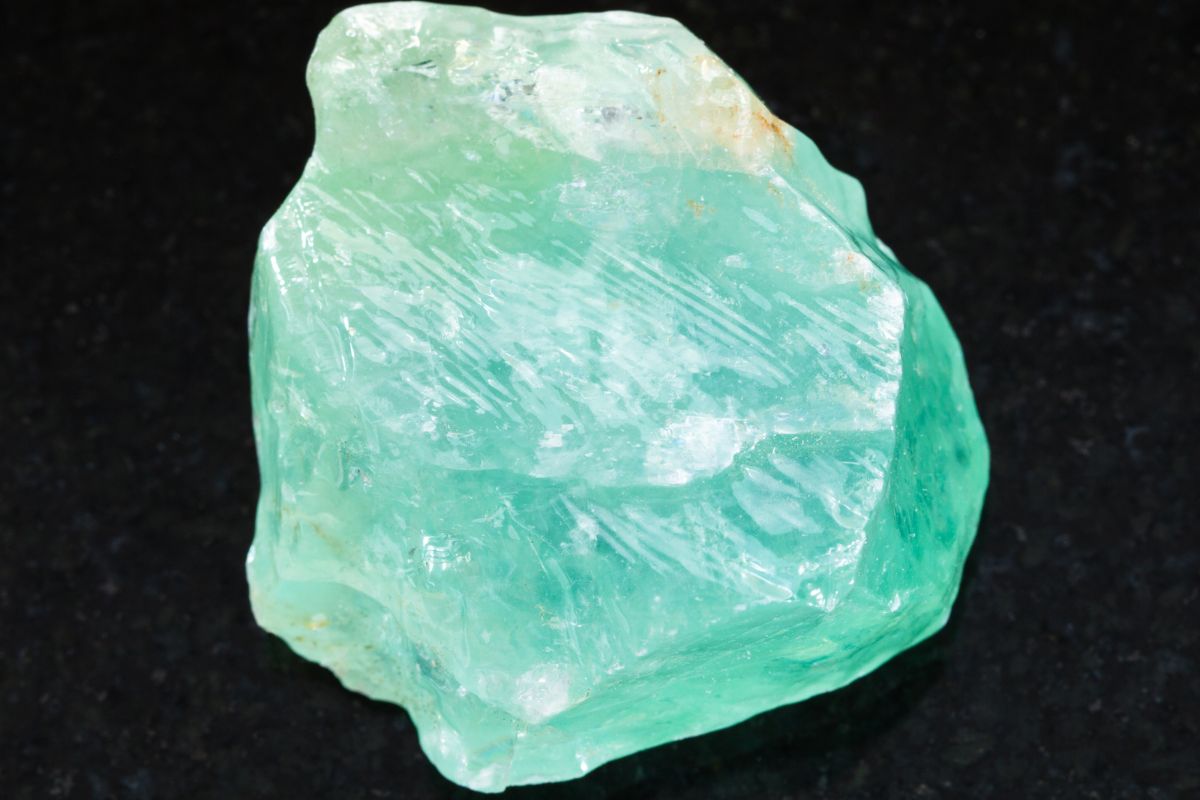Emeralds are often associated with luxury and opulence. This dazzling green gemstone has been a favorite among royalty and the elite for centuries.
The price of an emerald, however, can vary greatly based on its quality, origin, and size.
Historically, emeralds have been symbols of power, wealth, and status, contributing to their high demand and lofty prices.
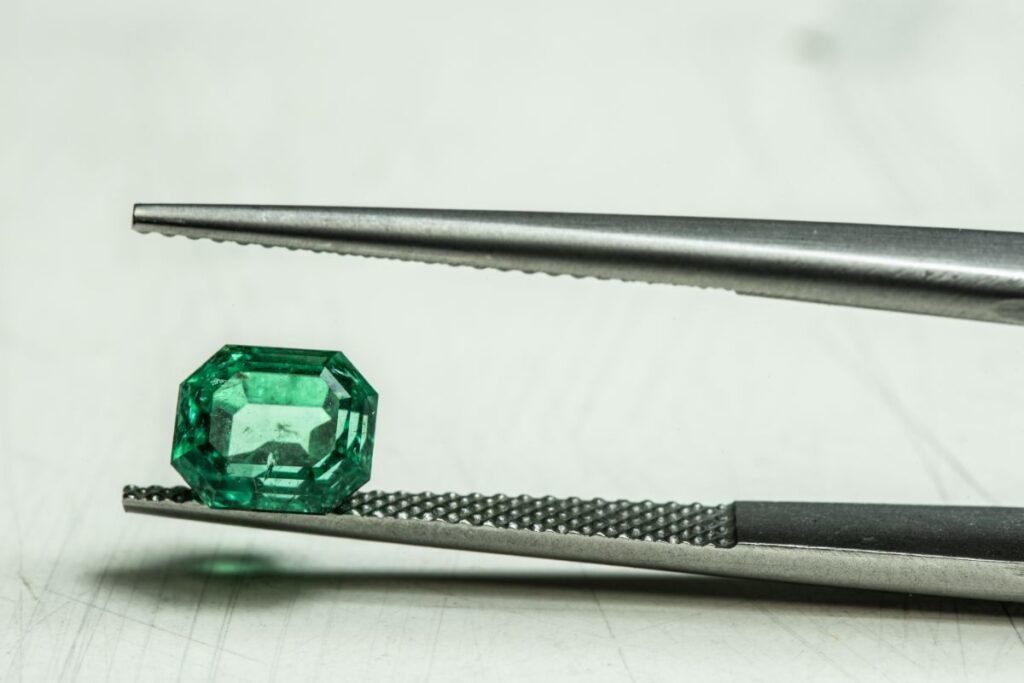
In this article, we’ll talk about the value of emeralds and what contributes to their price.
The Historical Significance Of Emerald
Emeralds’ significance dates back thousands of years.
In ancient Egypt, Cleopatra was known for her love of these green gemstones. They were symbols of fertility and rebirth.
The Romans, on the other hand, saw them as representative of Venus, the goddess of love.
Such deep-rooted historical ties have perpetuated emerald’s allure, further elevating its perceived value.
Understanding The Value Of Emeralds
Emeralds are among the “Big Three” colored gemstones, alongside rubies and sapphires.
Their worth isn’t solely monetary, though – it encompasses cultural significance, rarity, and the sheer beauty of the stone.
Over the centuries, their desirability has remained unwavering, reflecting both historical and aesthetic value.
How Much Is An Emerald Worth?
Emerald value depends on an intersecting web of variables.
From the country of origin to cut, color, clarity, and carat weight, pinning down an exact dollar amount can be elusive.
However, some guidelines help define price points.
For example, at auction, untreated Colombian emeralds over one carat regularly exceed $10,000 per carat and have reached up to $400,000.
Meanwhile, paler stones from Brazil or Africa may sell for under $100 per carat.
Historical pedigree also adds cachet, such as emeralds owned by maharajas and royals.
Generally, the finest quality emeralds run tens of thousands per carat, while commercial-grade stones are priced in the hundreds.
But beauty is in the eye of the beholder when determining an emerald’s worth.
Physical And Aesthetic Characteristics That Impact Value
Emeralds possess a mesmerizing hue, which can range from a translucent light green to a deep, rich shade.
Their beauty is sometimes enhanced by the presence of inclusions, known as ‘jardin,’ giving each stone its unique character.
These inclusions are like fingerprints, telling the story of the gem’s geological journey.
The most prized emeralds showcase a vivid color. Hues that are too light or dull are considered less valuable.
Clarity is also key – the most flawless, transparent emeralds fetch the highest prices.
Yet some collectors favor gems with unique mineral inclusions that resemble foliage, adding character.
Sources And Rarity Of Emerald
Emerald sources vary dramatically in quality.
Colombia remains the crème de la crème, renowned for its distinctly vivid green emeralds exhibiting a bright, almost fluorescent glow.
The Muzo mine, in particular, yields some of the world’s rarest and priciest stones.
Other localities like Brazil and Zambia produce abundant emeralds, but they are often darker with more inclusions.
While emeralds form worldwide, identifying the distinctive geological fingerprints of certain mines helps value specific specimens.
Overall supply is limited since emerald formation requires a rare confluence of conditions.
This endemic scarcity elevates Colombian emeralds as some of the world’s most precious gems.
Synthetic And Treated Emerald
Emerald enthusiasts can choose between natural, treated, and lab-grown stones.
Treatments like oiling fill fractures to improve transparency. However, purists favor untreated gems, flaws and all.
On the other end, advances in synthesis mean lab-created emeralds replicate natural properties at a fraction of the cost.
While they lack the allure of origins deep within the Earth, synthetic emeralds democratize access to the gem’s verdant beauty.
Nonetheless, flawless emeralds formed over eons in sublime corners of nature will always command the highest respect and prices.
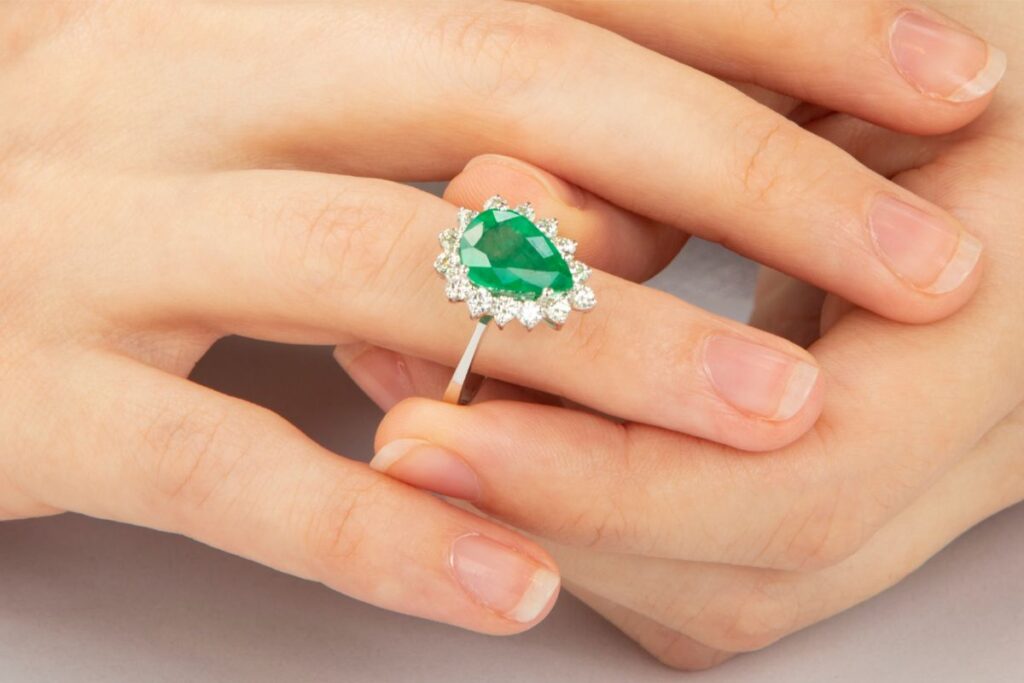
What Color Emerald Is The Most Expensive?
While emeralds span a broad spectrum of green, those with a rich, bluish-green hue command the highest prices.
As we mentioned above, the depth of color, combined with the gem’s clarity, determines its value.
Stones that showcase a vibrant, deep green, resembling the lush landscapes of spring, are particularly sought after by collectors and enthusiasts.
Conversely, emeralds that appear more yellowish or olive-toned are considered less exceptional.
Combining a saturated bluish-green color with clarity creates the perfect storm for a world-class emerald.
For example, the Rockefeller Emerald, weighing over 18 carats and valued at $5.5 million, displays this ideal green. Its eye-catching color contributes to its status as one of the finest specimens in the world.
Value Comparison With Other Gemstones
Emeralds hold their own when juxtaposed with other prized gemstones. Their rarity and unique color make them equally, if not more, desirable than sapphires or rubies.
However, it’s essential to note that while diamonds often have a standardized grading system, colored gemstones like emeralds are valued more subjectively, relying heavily on individual preferences.
Record-breaking auction sales indicate fine emeralds can achieve values on par with or exceeding these other gems.
For example, a Colombian emerald necklace sold for $2.2 million in 2019, surpassing estimates and setting a new auction record.
Is Emerald More Expensive Than Diamond?
When it comes to diamonds versus emeralds, there are no hard and fast rules. Perfectly clear, colorless diamonds still fetch higher total prices for large stones.
However, emeralds can achieve far greater value on a per-carat basis, especially for finer specimens.
For example, the Rockefeller Emerald mentioned earlier cost over $300,000 per carat, while even high-quality diamonds may only be $30,000 per carat.
Exceptional Colombian emeralds with vivid green hues can be valued on par with or beyond colorless diamonds of the same carat weight.
While tough to compare directly due to different grading scales, emeralds can still achieve tremendous value in the gem world.
Are Emeralds Worth Buying?
For the right buyer, emeralds can be a worthy investment.
Demand remains robust, while ethical mining constraints limit supply. This scarcity partly drives up value as Colombian mines are rapidly depleting.
Additionally, emeralds possess an intangible value extending beyond money. The owner bonds with a gem steeped in significance, mystique, and allure. Its beauty and meaning can be passed down through generations.
While buying emeralds purely as an asset is risky, those who appreciate their heritage, charm, and environmental footprint may find it a compelling purchase for years to come.
Current Trends And Future Predictions For The Value Of Emerald
Emeralds continue to captivate the modern audience, with celebrities often donning them on the red carpet.
As sustainable and ethical mining practices gain prominence, responsibly sourced emeralds will likely see a surge in demand.
Given their consistent allure and limited supply, the value of high-quality emeralds is poised for an upward trajectory in the future.
Conclusion
Emeralds are highly valued for good reasons. Their unique green color, rich history, and rarity make them special. When considering their worth, it’s not just about their price.
They have a deep meaning and significance that has been recognized for years. In terms of value, both in price and importance, emeralds are among the top gemstones.
- 15 Crystals That Cannot Be Exposed To The Sun - January 7, 2024
- Malachite Vs Fuchsite – Benefits And Uses - January 7, 2024
- Malachite Vs. Green Jasper: Benefits And Uses - January 7, 2024

